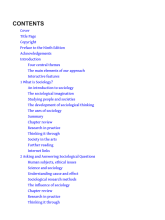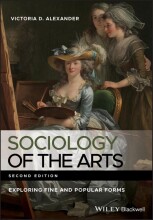Autonomy and Precarity
3 important questions on Autonomy and Precarity
Hesmondalgh and Baker (2010) set out to find out what it is like to be a creative worker in a number of cultural fields (Music, print, television).
What are the three most important conclusions we can draw from this paper in regard to the creative industries?
- Ambivalence of Freedom.
- Increased autonomy due to the rise of freelancing has both great costs and benefits for workers.
- Academically.
- Quantitative research, claiming the ambivalence of freedom, is confirmed by the data of this qualitative research.
- Policy.
- If policy seeks to expand the creative sectors, it needs to be addressed that these industries have some potential for exploitation and other undesirable consequences.
In "Be Creative", McRobbie (2018) shows how the 'entrepreneur of the self' takes over as the new archetype in the arts and cultural fields.
What does she mean with this?
- Artists need, in this talent led economy, to differentiate themselves from others. The best way to do this is to embody their own talent or portfolio of skills.
- I.e., artists are their own cultural capital.
In "Be Creative", McRobbie (2018) shows how the 'entrepreneur of the self' takes over as the new archetype in the arts and cultural fields.
What are, according to McRobbie (2018) the three (overlapping) ideal types of artists?
- Socially engaged artist.
- So you are being part of the conversation.
- Global Artist.
- Being internationally renowned and connected.
- Artist-précariat.
- Associated with protests and post-banking crisis: "new media, new radicalisms".
The question on the page originate from the summary of the following study material:
- A unique study and practice tool
- Never study anything twice again
- Get the grades you hope for
- 100% sure, 100% understanding































